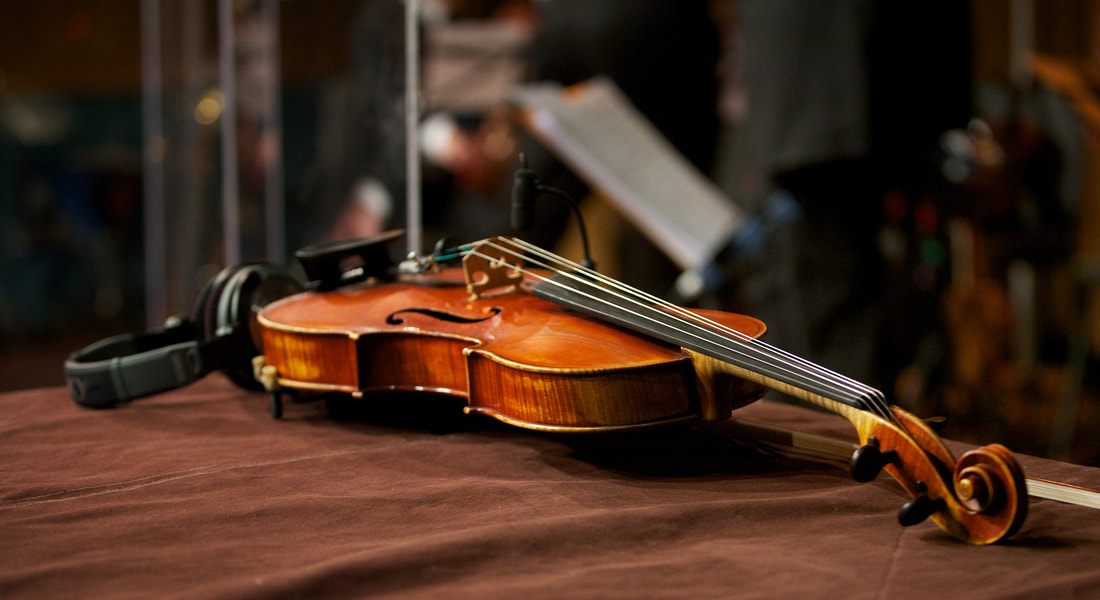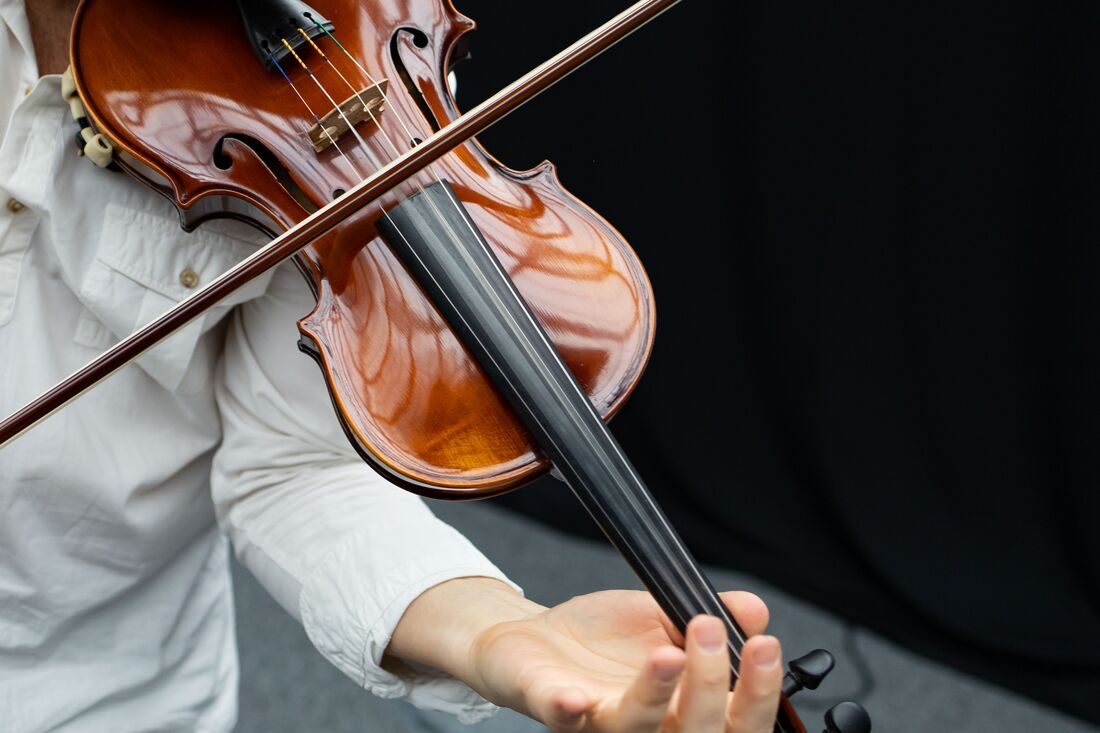|
The Importance of a Good Saxophone Warm-up Routine
How you practice is more important than what you practice or how hard you're working during your practice sessions. You can literally spend hours practicing only to find that you were practicing incorrectly, drilling in something that will end up taking you hours to unlearn. How you practice is more important than anything else and there's a science in how to get the most out of your time practicing your instrument. Of all the most important things to progress as a saxophone player learning jazz improvisation in Los Angeles, I have found that the greatest thing that impedes my students' progress is the lack of a good practice routine. It's also important to realize that the warm-ups must change sometimes week to week in order to reflect the changes that are happening in your ability after each saxophone lesson. Below is a compilation of many of the most important warm-up techniques that I've put together from all my various Burbank saxophone students. This came as a request by my students so that they would have a routine to follow. DETAILED WARMUP PRACTICE ROUTINE It’s important to do this in a sequential process
For more information, please visit us at http://www.losangelesmusicteachers.com or call us at (818) 902-1233. Check out my videos on YouTube. I have a channel called "Ultimate Saxophone Lessons." Here is a video showing how to bend notes on the saxophone when you're improvising jazz: https://www.youtube.com/watch?v=ZBhv42hEtpo
Mastering the Violin from Beginner to Virtuoso
Ever dream of conjuring breathtaking melodies from a wooden heart?
That's the magic of the violin—a captivating journey filled with soaring highs and humbling plateaus. Before you serenade the world with your violin masterpieces, there's an essential first step: conquering the fundamentals. This might sound daunting, like scaling Mount Everest in your socks, but fear not! Nail the basics, then blast off on your musical adventure!
It's like building a magnificent castle; master these basics, and your music will stand tall and proud.
Let's dive into the fascinating world of violin fundamentals, making it manageable and enjoyable! Bite-sized lessons, practical tips, and fun exercises: master the fiddle from curious beginner to confident pro! So, grab your violin, take a deep breath, and climb this musical mountain together! It might feel like deciphering a secret language, but fear not! This guide will be your trusty decoder ring, unlocking the secrets of violin mastery step-by-step. Fear not, aspiring maestros! This comprehensive guide will illuminate the path from your first tentative pluck to confident, expressive artistry. Are you ready to unlock the magic of the violin? We'll be your musical guides, sharing the secrets to violin mastery in a way that's easy to understand and fun to practice. No fancy terms, just straightforward tips, targeted exercises, and golden nuggets of wisdom we've gathered from years of teaching violin lovers in Burbank and Los Angeles. So grab your violin, and let's make some music!
Building a Solid Foundation: Posture and Arm Levels
Imagine a sculptor Carefully shaping a masterpiece out of raw clay. Your posture and arm positions are your chisel and mallet, molding the sounds you conjure from the violin's strings. I am a posture perfectionist with my Los Angeles and Burbank beginner students. Mastering this foundational element is paramount to future success. Here's the recipe for perfect violin posture:
Let's focus on the arms once your posture is a pillar of stability. Think of them as two dancers gracefully partnering across the strings. Their heights vary depending on the string you're playing:
Mastering these subtle shifts becomes second nature with dedicated practice. Don't be afraid to use visual aids! I often recommend marking arm levels on the violin with tape for my Burbank and Los Angeles students. Remember, consistency is vital; build muscle memory for these positions early on, and you'll reap the rewards later with effortless playing. Finding Your Voice: Intonation and Finger Placement Now that your violin and body are in perfect harmony, it's time to focus on the language of music itself: intonation. Imagine each note on the fingerboard as a stepping stone on a path to musical expression. Hitting them precisely creates melodies that sing, while missed notes are jarring bumps in the journey. This is where finger placement comes in—your fingertips become the delicate map readers navigating this sonic terrain. Fretting accurately takes time and practice, but there are ways to accelerate your progress:
Remember, practice makes progress, not perfection. When you hit a sour note, don't let it define you. Keep practicing, be proud of your progress, and your singing will be as beautiful as a spring rose.
Los Angeles and Burbank beginners often need help with bow direction and maintaining a straight bow stroke. Here are some tips to tame the beast:
|
Archives
July 2024
Categories
All
|
|
Music Lessons Available on All Instruments:
Piano Lessons
Guitar Lessons Voice Lessons Drum Lessons Violin Lessons Cello Lessons Saxophone Lessons Jazz Improvisation Lessons Flute Lessons Clarinet Lessons Singing Lessons Acoustic & Elec Bass Songwriting & Production |
Contact Us Now
|
Website by Never Alone Business Services



 RSS Feed
RSS Feed



